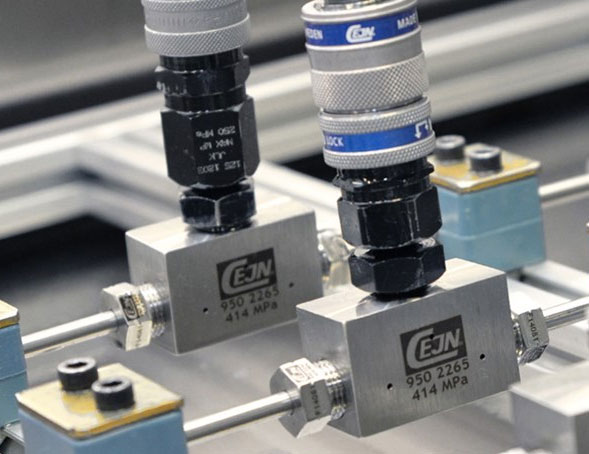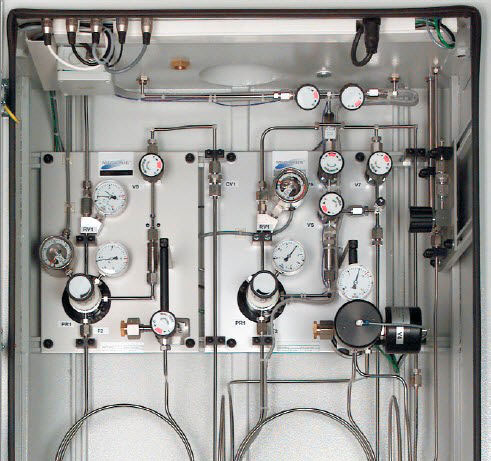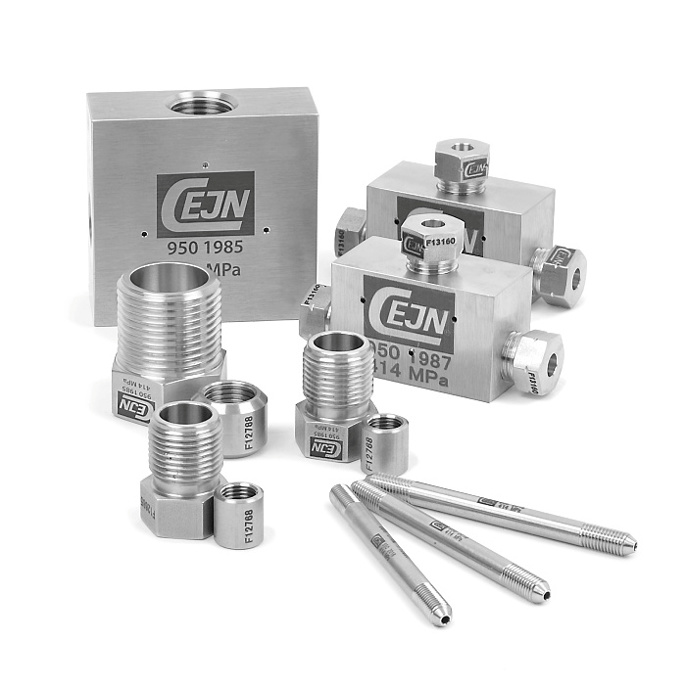Porting blocks and adapters - Stainless steel range
Accessories Stainless steel
Porting blocks, tubings and adapters for ultra high-pressure hydraulic manifolds
Technical data
| Material | Acid resistant, NACE certified, stainless steel 316L /EN1.4404 cold drawn, Acid resistant, NACE certified, stainless steel 316L /EN1.4404 cold drawn. |
High-pressure hydraulic building blocks for harsh environments
Stainless steel thread and cone components are a safe and reliable way to build a hydraulic system, giving even pressure distribution. Connect the blocks using tubings and a wide assortment of adapters, collars and gland nuts to fit a wide range of dimensions. All in stainless steel to withstand harsh environments.
Universal building blocks
In critical operations, any risks of hardware failure must be eliminated. All components must meet the requirements. Hydraulic test rigs are often used to pressure test and verify each component before taking them into operation. Medium and high pressure blocks are typically used to build test rigs that distribute the hydraulic pressure evenly to enable simultaneous testing on different components. The CEJN range are universal blocks with industry standard compatibility.


Examples of use
Some examples of where stainless steel blocks are used are for component testing, hydrostatic pressure testing, valve test benches, subsea manifolds for Christmas tree inspection and maintenance, flushing units and high-pressure control panels.
Stainless steel
The stainless steel assortment is highly resistant to harsh conditions. Complete your rig with Stainless Steel couplings for a complete system well suited for harsh and corrosive environments such as deepsea operation.

Manuals and brochures

UHP Stainless Steel Application Guide
